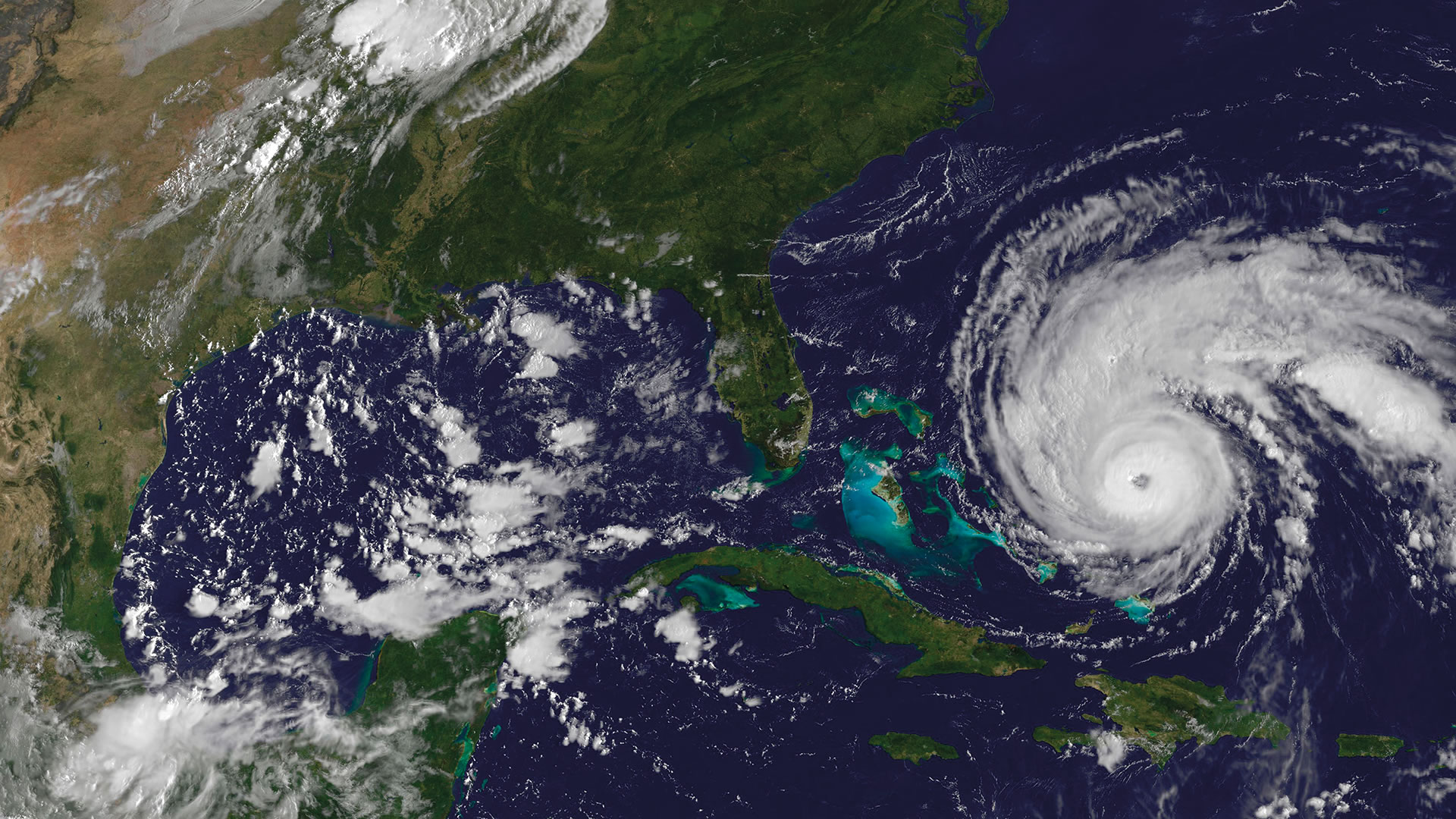
My 10-year-old lungs gasped a few shallow breaths as we sank down into the ocean. Mum and I were first-time divers at the Great Barrier Reef near Cairns, Queensland. The underwater city of clownfish, delicate pink corals and sleepy, cat-like turtles quickly calmed my nerves, though. Since then, I’ve had the privilege of diving around Australia and been wowed by gentle sharks, kaleidoscopic nudibranchs, giant tree-fan corals and the symbiosis between them all.
Reefs are functional, not just beautiful. Globally, they feed the one billion people who rely on fish as their main protein source, many of whom are among the world’s poorest. Reefs also protect coastal cities from storm damage by absorbing wave energy. In the last few years, though, I’ve watched white, bony fringes creep over the coral, its life drained by bleaching. Many of the fish have disappeared. 2017’s mass-bleaching event, the second in two years, affected 93 per cent of Queensland’s reefs. Some areas lost more than half their coral. It’s all been largely caused by a water temperature rise of just 1°C , yet the ocean is predicted to warm another three degrees by 2100. “Coral reefs . . . are threatened with complete collapse under climate change,” warns the International Society for Reef Studies.

Velvetfish—Getty Images
Climate change is hurting more than the Reef. On land, all of the 10 hottest years on record have occurred recently, between 1999 and now. Drought has become the “new normal” for Australians, but geological evidence shows that lengthy droughts were unprecedented for at least the last 400 years. Decades-long trends show loss of rainfall beyond the natural variation of weather. With current drying trends, parts of Western Australia will lose up to half their seasonal rainfall by the end of this century. Life in rural Australia will not be for the faint-hearted.
It’s well-supported that climate change exists and is being caused by human activities. Changes in the atmosphere can be mathematically tracked by measures like atmospheric carbon and temperature, carbon in the layers of sea-ice and global snow cover. This evidence has led to 97 per cent consensus among scientists that climate change is human-caused. This is an encouraging statistic, because it gives us a clear problem to solve. According to the Climate Institute of Australia, 77 per cent of us accept that climate change is real and most (65 per cent) think we should be a world leader in finding solutions. Yet I look at our engorged consumer lives and wonder: will we actually stop climate change?
Many of us have adopted climatefriendly technologies like solar-powered homes and energy-smart devices. Various schemes to reduce carbon have been floated, such as the Gillard government’s star-crossed “carbon tax” emissions trading scheme. Greater effort is needed to truly neutralise our carbon emissions, though. The Intergovernmental Panel on Climate Change has identified that, to minimise the worst effects, we need an annual emissions reduction of 4.9 per cent per year between now and 2050. Instead, emissions have steadily grown by 2 per cent almost every year for the past few decades. Overall, our attempts to decouple emissions from economic growth have not worked. Economist Tim Jackson calculates that, at current rates, combined population and economic growth will lead to a global emission increase of 80 per cent between 2009 and 2050! He says in Prosperity without Growth that “. . . by 2050, the carbon content of each dollar has to be . . . 130 times lower than today.” In a world of constant emissions growth, can any amount of technology and re-forestation achieve this colossal reduction? In our fractured world, will we find the political will for the coordinated, global action that it will require?

Chuyn—Getty Images
It seems obvious that we’re unlikely to stop climate change. The land and sea are melting. Blissful ignorance seems the preferred choice. I am one person, of relatively limited means and influence. I could ride a bike to work and convince a few others to do the same, but these small gains seem laughable. In the coming decades, wealth and competent governance will probably shelter me from severe, climate-induced discomforts like food scarcity, coastal inundation and freak weather catastrophes. A few good decades is just enough time to buy ignorance, if I want it.
But, alternatively, what would I have to change about my lifestyle to meaningfully address climate change? Some things are obvious: downsize my car, cycle to work, eat local food and buy fewer consumer goods. Other things would be more inconvenient: climate activism would cost time, and I’d have to seriously reconsider travelling overseas.
Yet, these first-world problems are trivial compared to those faced by poorer people already dealing with climate change. Some Pacific island nations’ land is being swallowed by the Pacific Ocean. Kiribati has an average elevation of two metres above sea level and its leaders are seeking agreements with larger nations to accept their citizens when the time comes. According to community leader Eria Maerere: “[The sea] comes in . . . it reaches the unreached spots. Who causes it? Our brothers and sisters in the big countries. I’m asking God to work with the big countries to show mercy to us . . .”

Fetching water in Rajasthan, India. The UN estimates water scarcity will displace up to 700 million people by 2030. Image: Hadynyah—Getty Images
Famously, in 1995, half a million Bangladeshi people became homeless when the river delta rose and covered more than half of their home island of Bhola. Bangladesh could have as many as 20 million such climate refugees by 2050 if trends continue. Their pain seems remote from ours, immense and incomprehensible. Ironically, the people losing the most to climate change are the ones contributing the least to it. The average developing-world lifestyle is much more eco-friendly than mine, with locally-grown food, sporadic access to electricity and no personal car. It is supremely unethical to continue my comparatively luxurious lifestyle as-is and wilfully forget that others pay for it.
Climate change presents a suite of challenges that seem insurmountable. It’s a perfect storm. Our reefs and oceans are collapsing; land is becoming dry and disaster-prone. This will cost the livelihoods of millions, make life difficult for the remainder and potentially cause wars. For Bible-readers, this calamity shouldn’t be a surprise. Jesus explained that if He wasn’t going to return, “no one would survive” the disaster-ridden last days of Earth (Matthew 24:22). This foreknowledge shouldn’t allow us to breathe easy and trash the planet while we wait. God warns that He will “destroy those who destroy the Earth” (Revelation 11:18)—a tough response, for sure, but a fair one. Climate change unfairly affects the poor. If I’m wealthy and I consider myself a Christian, I am called to actively improve the lives of the disadvantaged: “If anyone has material possessions and sees a brother or sister in need but has no pity on them, how can the love of God be in that person?” (1 John 3:17). In the 21st century, this surely includes trying our best to alleviate the impacts of climate change on others. On a drying planet, “I was thirsty and you gave me something to drink” (Matthew 25:35) has the ring of relevance. Perhaps cycling to work isn’t so laughable, after all.
Renee Coutts is a peudonym.
References
- https://www.ncbi.nlm.nih.gov/pmc/articles/PMC1084135/
2. https://www.coralcoe.org.au/media-releases/life-and-death-after-great-barrier-reef-bleaching
4. https://www.science.org.au/curious/coral-bleaching
5. https://www.scribd.com/doc/316753391/Letter-to-Australia-from-13th-International-Coral-Reef-Symposium
7. http://iopscience.iop.org/article/10.1088/1748-9326/11/4/048002
8. https://www.abc.net.au/news/2011-12-09/tuvalu-kiribati-climate-change/3720408
9. https://www.nationalgeographic.org/encyclopedia/climate-refugee/







